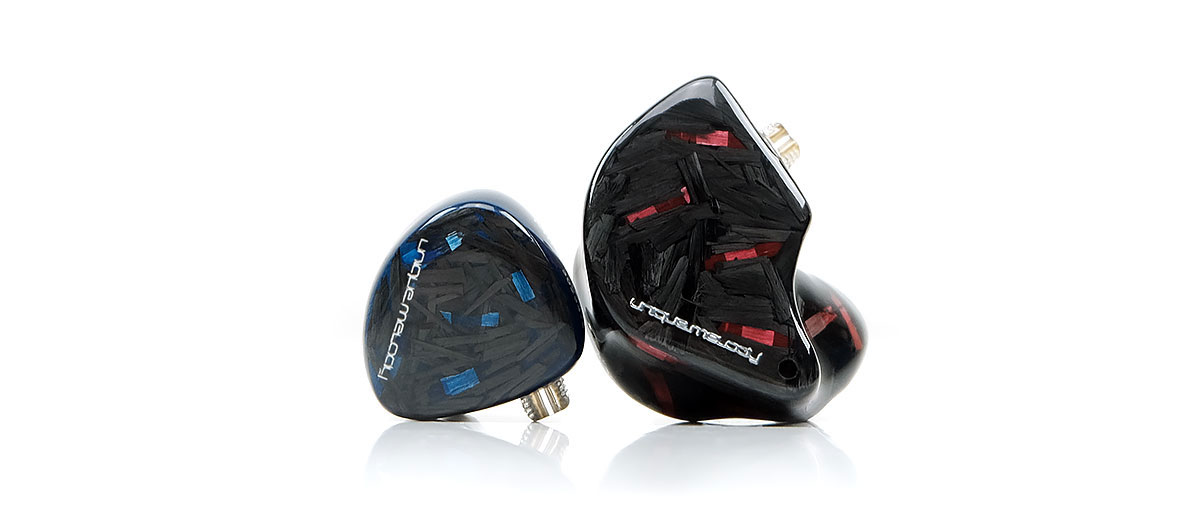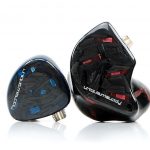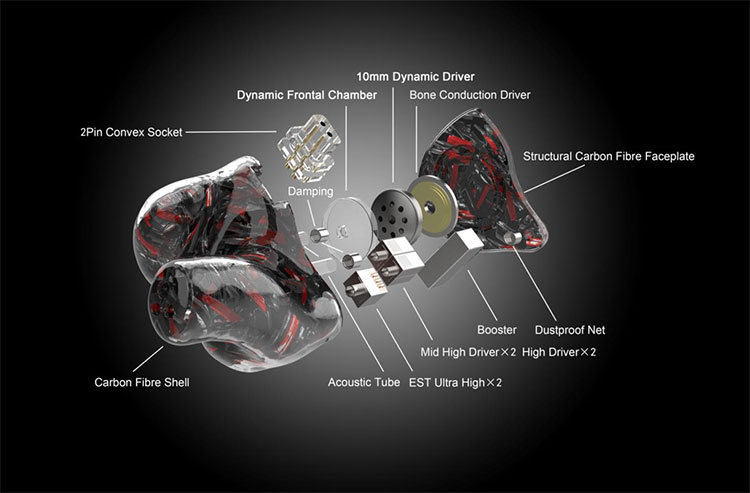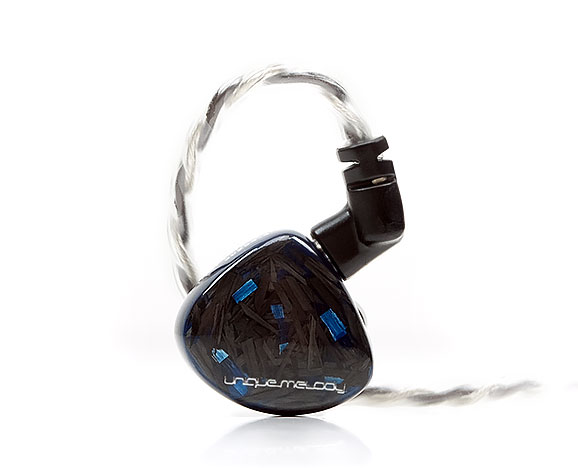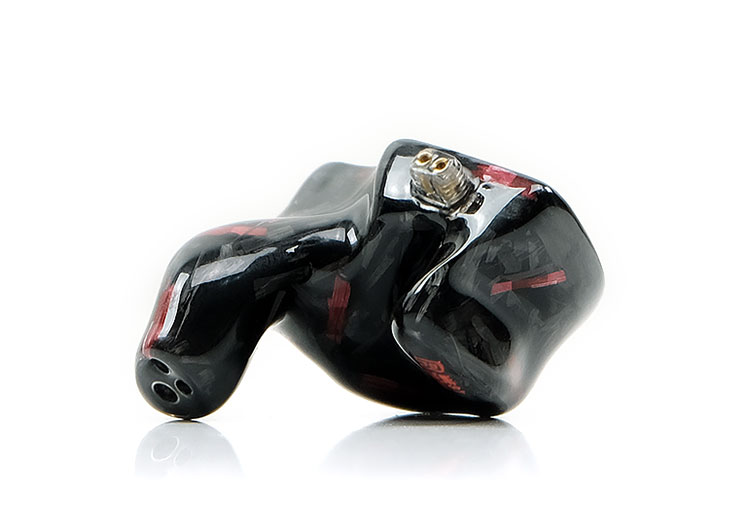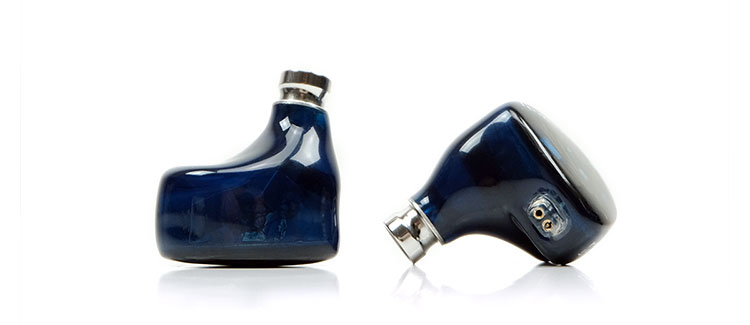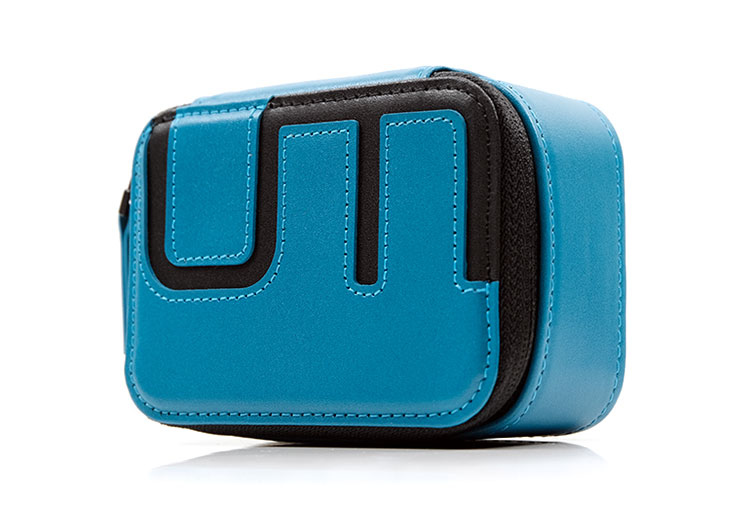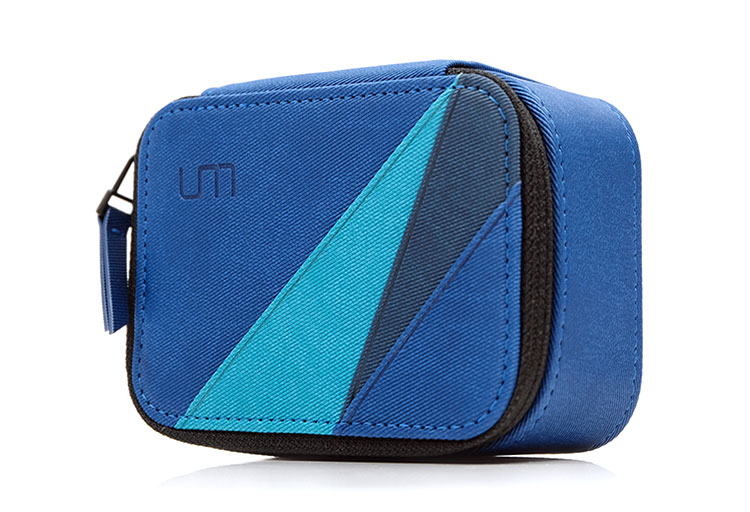The Unique Melody MEST & MEST Mini are two hybrid IEMs using a special bone conductor driver. The MEST has 8 drivers whereas the Mini has 4. They are priced at $1699 and $599 respectively.
Disclaimer: The Unique Melody MEST & MEST Mini sent to us are samples in exchange for our honest opinion in this review. We thank Unique Melody and MusicTeck for this opportunity.
To learn more about Unique Melody products on Headfonics you can click here.
Note, this review follows our new scoring guidelines for 2020 which you can read up on here.
The MEST features something entirely new for this hobby and we like new here at Headfonics. More than that, the MEST is not just one IEM but two: the MEST and the MEST Mini.
Both monitors have been launched within the space of a few months of each other and much as the title hints, one is the small sibling and a good deal cheaper at $599 compared to the custom format which starts at $1699 ($1399 for the universal MEST).
However, both share some very interesting design properties that have not been done like this before in our hobby. What am I talking about? Bone conduction drivers. Before you mentioned that bone conduction earphones are a thing, well yes it is, but this is totally different. This is a hybrid driver audiophile in-ear construction and not your usual fitness lifestyle wraparound.
Tech Inside
Bone Conduction
So, what makes bone conduction and Unique Melody’s implementation of this technology so different from regular drivers?
At a very crude level, a typical driver in an IEM, be it EST, dynamic, or BA transmits sound waves via air which is then directed into your ear canal and down to your cochlea and auditory nerve to be processed by your brain as ‘sound’.
Bone conduction drivers work on a very different principle by converting electrical audio signals into physical vibrations and sending them through your skull (solids) to your cochlea which is then also converted into an audible signal for your brain.
These types of drivers are almost always coated in a ceramic piezoelectric layer which can receive and emit an electrical charge that is converted into those physical vibrations.
In order to avoid having a brute ugly wraparound Unique Melody has designed the conductor to directly transmit the vibration into the MEST faceplate. The vibrations are then passed to the carbon fiber shell and finally delivered to your inner ear.
MEST Configuration
The larger MEST is a complex design feature 4 different types of drivers which includes dynamic, balanced armature, electrostatic, and bone conduction. That is the most eclectic selection of drivers I have seen to date in an in-ear monitor to date.
The precise configuration is also relatively complex. You get a single 10mm dynamic driver for the lows, 2 BA for the mids and upper mids, 2 BA for the highs, and 2 Sonion electrostatic drivers for the ultra-highs.
The bone conduction driver adds an additional layer across the mids and highs. I am basing that conduction driver grouping from UM’s own FR response that documents the energy from the driver starting from around 1k onwards.
All of this is meshed together using a 5-way crossover system and rated at 14Ω and 118dB so despite the use of EST and dynamic the MEST seems easy enough to drive on paper.
MEST Mini Configuration
The MEST mini retains that bone conduction driver and simplifies the configuration down to 3 balanced armature drivers with no dynamic and EST drivers. The efficiency is a little lower surprisingly at 23Ω and 113dB but this may be more to do with the selection of armature drivers which is a little different to the main MEST.
The Mini uses 3 custom-made open-air balanced armature drivers that are made by Knowles similar to 64 Audio’s approach with the tia driver. I suspect these are also similar to Custom Art’s “top-vented” BA drivers, just the use of different terminology.
These BA drivers have widely open front cavities which allow them to deliver sound without the usual BA inner tunnel. In theory, that should give them more of a natural tone or a dynamic driver type timbre.
Design
Whilst the form factor of each is hugely different, both MEST versions do use Unique Melodies’ new carbon fiber design. This is a dark smoky translucent black with tons of fibrous materials encased making for a very handsome collage of lines under good lighting.
We first saw this creation in our Mason and Mentor V3+ reviews earlier this year and it still is a looker, only this time some additional color has been injected into the weave. For both, you can order or have custom made the carbon weave in either a blue fleck or a red fleck. In this case, we went for red for the custom design and blue for the universal design.
Eagle-eyed UM fans will note that the MEST, in both versions, does not have the DB-Go module for bass adjustment, nor do they use the dual-tone cable socket system. Instead, UM has reverted back to the 2-pin protruding socket that has served them well for a number of years.
The DB-Go module area on the custom faceplate has been replaced by a bass port vent for the dynamic driver to breathe whereas the Mini requires no such venting as it is an all-BA and bone conduction configuration.
Stock Cable
I believe both use versions of the MEST use the same wire for their cables with the major difference being the MEST using an 8-wire and the Mini uses a 4-wire build.
Side by side the Mini cable is definitely smaller and lighter. You can order the cable with 3.5mm, 2.5mmTRRS, and 4.4mm termination options for the MEST. There is no 4.4mm notion for the MEST Mini checkout. The main MEST sample also came with 2 additional converter jacks, a 4.4mm, and a 3.5mm TRS for slipping onto my chosen 2.5mm TRRS termination.
The wire itself seems drawn from the dual-tone though lacks the operational flexibility of switching from copper to silver. Instead, it is a fixed silver-plated copper wire, 26AWG in size wrapped in a relatively translucent jacket showing off the mix of silver and darker coppery/brown tones of the wiring.
I am going to presume both cables have the same 6N quality of SPC inside each wire that UM has been using previously.
The finishing on these two cables are the exact same with right-angle 2-pin 0.78mm connectors that use the sheath sliding mechanism to lock properly with those convex sockets. Both cables have matching gunmetal carved jack barrels which is a continuation of the Mason V3+ finishing.
However, both lack the dual-tone matching splitter, using instead a cheap shrink tubing which does not really suit either cable.
I was worried that the lack of a quality splitter might reduce the deadening ability of the cable for microphonic but thankfully both cables are quiet and handle quite well. The 8-core version is heavier but sometimes I prefer that as there is less “flyaway” movement and it also seems to have less memory retention than the 4-core MEST Mini option.
Comfort & Isolation
MEST Custom
You are always going to get a much superior level of comfort and isolation with a custom fitting monitor unless it was cut poorly from the molds. The MEST does exactly that with a very comfortable fit and connector alignment that ensure the cable clears the ear without touching it much like the Mason V3+.
The balance between the pressure inside the ear canal for isolation and the overall comfort level is perfect. More than that, the anticipated lack of isolation from the bass vent on the front plate was negligible as in BA levels of isolation. Definitely one of the better hybrid monitor seals I have had to date.
MEST Mini Universal
The comfort levels are fine because the acrylic body does not offer too much weight, however, I found the MEST Mini a bit trickier for isolation for a few reasons.
First, the form factor lacks a little bit of that aggressive contouring I am used to seeing on universals from CIEM markers these days. It has this flattish underside that does not really fill the concha but rather sits slightly out and away.
This positioning seems more to do with a nozzle that is not massively long but long enough to place some emphasis on the tips doing a lot of the sealing work. That brings me to the second reason, the stock tips.
MEST Mini Tips
You get 4 stock tips including the ones that come on the MEST Mini out of the box. These are all stiff, blue-stemmed single bore black silicone tips in XS, S, M, and L sizes.
Honestly, none of them really sealed that well for me though this is a personal thing as everyone’s ears are different. I suspect the stiff and slightly short stems are not jiving that well with my ear canal shapes leaving a lot of gaps
Tipping rolling brought some immediate improvements. SpinFits and Final E tips isolated much better and also felt a lot more secure in my ear canals. These tips are taller than the stock tips which does seem to help. Case in point, generic dual flange tips have even better isolation.
Also, the stock tip outer cup material seems a little porous or lightweight for me compared to the 3rd party tip silicone density which also holds its shape a lot better.
Packaging & Accessories
Slight variation in the packaging for the two models. And, yet again, another retail packaging change from UM. Gone are the aesthetically pleasing but difficult to fit paper wraps and larger black boxes of the Mason and Mentor V3+ and in comes a plainer but more compact lid-lifting black box for the MEST custom.
I will presume the MEST Mini has a similar box but cannot confirm as UM only sent us a barebones sample with accessories rather than the full retail box experience.
The two monitors do come with a similar zippered carry case but they differ in design and materials. The custom MEST comes with a Dignis designed blue zippered leather case whereas the Mini uses a Dignis designed canvas-fabric material instead.
I do not have a preference for either case, to be honest. Both do the job very nicely with plenty of room inside to store both the cable and drivers and in the case of the Mini, those additional tips.
I also prefer the new leather cases over the older titanium screw lid tins that came with the Mentor and Mason V3+ initially. The titanium version is clearly sturdier and quite attractive but nothing beats a lighter case for day to day portability. I believe now that all units come with a version of this case which is a good move from Unique Melody.
In terms of accessories, both monitors are somewhat similar. Both come with warranty cards and a branded grey cleaning cloth, drivers, and stock cable. The Mini does have the additional 4 sets of single-bore silicone tips whereas this custom sample came with the two jack adapters, 4.4mm and 3.5mm TRS.
Click on page 2 below for sound impressions & comparisons

